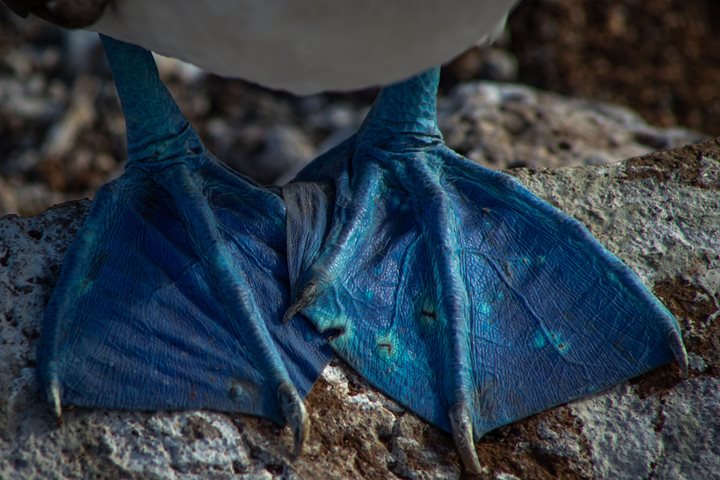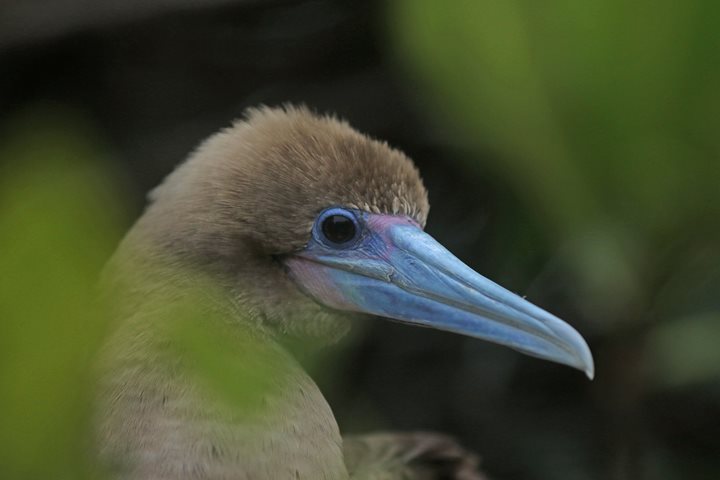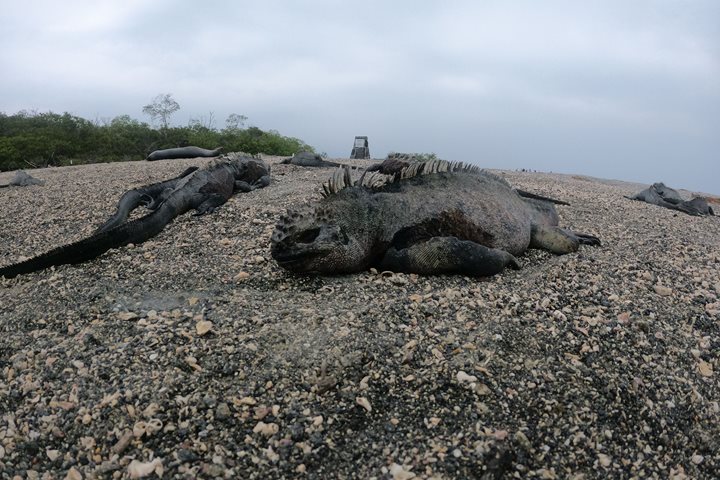Isabela Island is the largest Island in this oceanic archipelago, and it has many visitor sites to offer for our visitors, which is why we will spend a second full day in this area. Today we offer two visitor sites to explore—Our morning activities will be at Urbina Bay, and we will move on to Tagus Cove in the afternoon.
Urbina Bay has very important evidence of a volcanic uplifting process, which probably took place in 1952, and the best evidence for this episode is a coral head almost 15 feet above sea level, and many shells of barnacles and sea worms attached to the rocks.
This visitor site is covered in lush vegetation, especially during the wet season, and this morning we saw some trees are starting to bloom. For that is the reason, this site has many Galapagos land iguanas and Galapagos giant tortoises. The tortoises migrate toward higher elevations during the dry months, and this morning we saw eight of them. This is the best indicator that Galapagos will have some rain for a few months to come. This also means a lot of species will take full advantage of the good condition for breeding, too.
For the afternoon, we had the opportunity to enjoy our second visitor site. This cove was very often visited during the 18 and 19 hundreds, when giant tortoises were collected as food sources, and sailors could rest after long navigations. The best evidence of this human history in the area is the graffiti on its walls, some of it painted and some curved deep on volcanic compacted ash.
This bay is also an excellent place for kayaking, Zodiac riding and snorkeling, and today we were able to offer all of this options at different times, that way our guests could take part in several different activities, or even do of them.
Our very last activity of the day was a hike to Darwin’s lake, which offers a spectacular view, from where we could see almost all of the five main volcanos on this island.
The weather and the sunset could not have been better for our final activity of the day in Galapagos.







